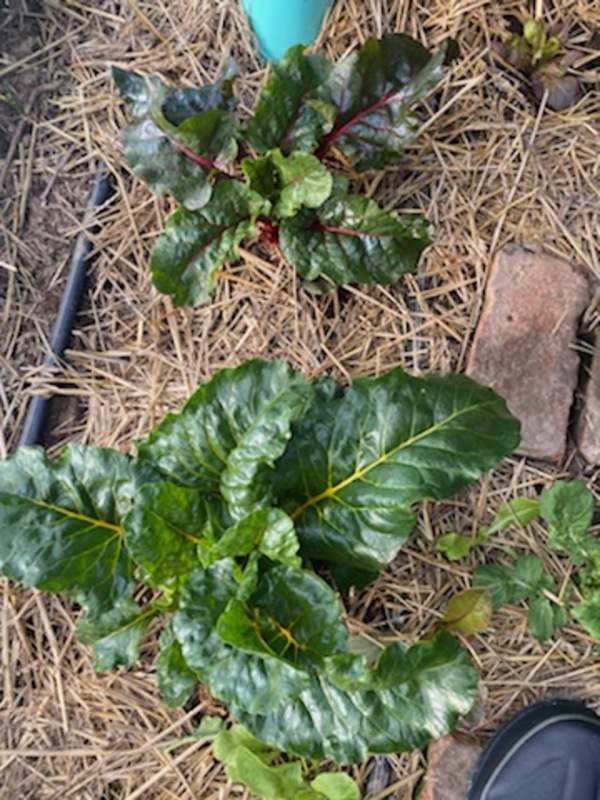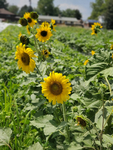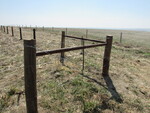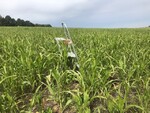Posted date: Jan 18, 2023
by: Dianna Padgett
733 Views
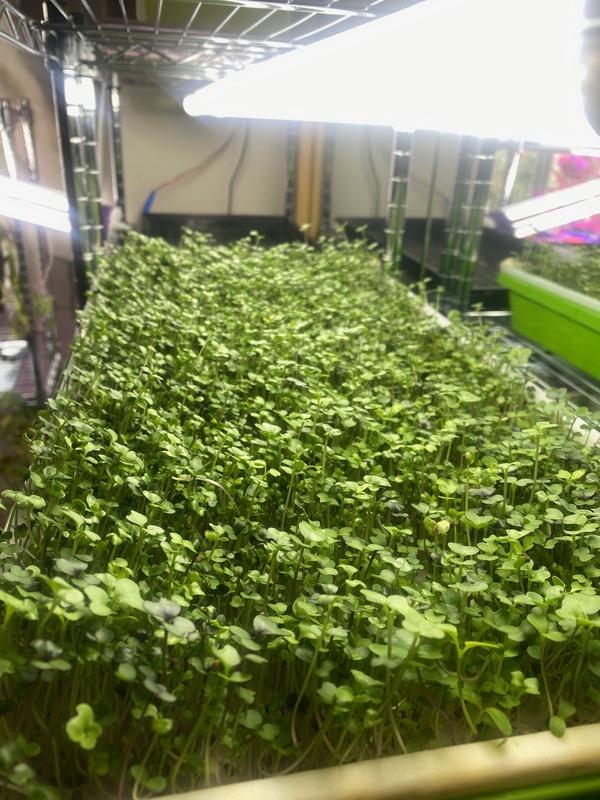
A thermal greenhouse takes advantage of the warmth of the ground to warm the air and extend the growing season to year round. A pit is dug to 4 feet or deeper, pipe is laid to circulate the air and a fan system is installed to draw the warmed air up into the greenhouse. Some insulation is used on the vertical walls of the pit to keep the dirt under the greenhouse protected. The pit is filled again with dirt and the seeds or transplants are put directly into the ground. Kriss uses a solar battery to run the fans so it is completely off the grid. One side of the greenhouse is the concrete outer wall of another building so the sun warms the enclosure during the day and the fan pulls warm air up from the ground at night. When the night got down to -17 degrees recently the interior of the enclosure got down to only 25 degrees which is fine for cool weather greens. In the summer the cooler ground temperature can be drawn up to cool the greenhouse.
One cup of fresh kale has:
• Vitamin A: 49.6mcg
• Vitamin K: 80.3mcg
• Vitamin C: 19.2mg
• Potassium: 71.7mg
• Calcium: 52.3mg
Broccoli, mustard greens, lettuce, etc can all be easily grown all year round. With a deeper pit you can grow almost anything.
Kriss is also growing micro-greens. The power of micro-greens is the seed. You must start with an heirloom organic seed. Only the original seeds have the correct vitamin nutrient content. The seed has the power to grow a plant for 12 days with no added fertilization. The secret to micro greens with health is eating them as soon after harvesting as possible. Micro greens are up to 40% more nutrition than a full size vegetable. Every 12 days you have a new tray of food. Micro-greens nurture and heal the body because the nutrients are strong and fresh and there are no added chemicals.
